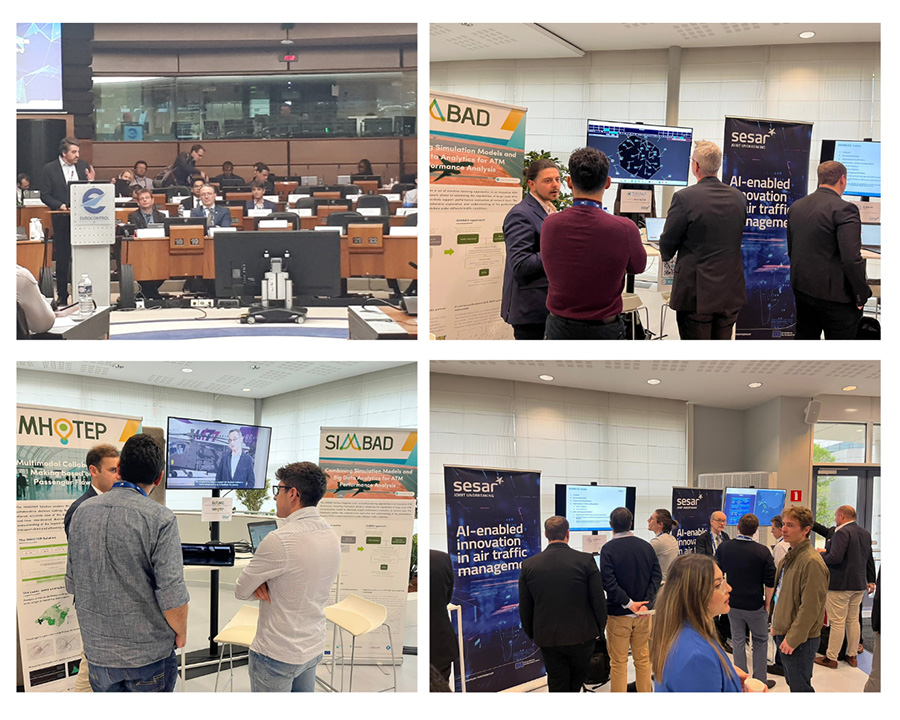In short
|
|
|
|---|---|
|
PROJECT ID
|
ISOBAR |
|
PROJECT DURATION
|
2020-06-01 > 2022-11-30 |
|
PROJECT TYPE
|
Exploratory research |
|
TOTAL COST
|
EUR 2 609 230 |
|
EU CONTR.
|
EUR 1 908 797,50 |
|
STATUS
|
Ongoing |
Objectives
Weather is one of the principal causes of flight delays, which come at a significant cost not just for the passenger but also airports and airlines. Predicting the weather is an important part of network forecasting and performance, however, forecast uncertainty leads to a high dependency on the expertise of human operators.
To change this situation and contribute to more efficient management of traffic demand and airspace capacity balance, the ISOBAR project created a network operations plan based on artificial intelligence (AI). This involved integrating dynamic weather cells in collaborative air traffic flow and capacity management (ATFCM) processes at pre-tactical and tactical phases, and at local and network level. It also introduced more precise characterisation of demand and capacity imbalances at the pre-tactical level with the help of probabilistic weather products through the integration of weather data and airspace management functions.
ISOBAR prototyped a user-driven mitigation plan that takes into account airspace user priorities, weather-related changes in demand, ATFCM regulations, flow constraints, and network effects. Finally, it developed an operational and technical roadmap for the integration of ancillaries into the Network Manager platform by defining interfaces, and functional and performance requirements. This includes a neural network that integrates convective prediction into a structured airspace map, together with a set of AI modules, such as AI-based hotspot detection and adaptive mitigation measures, to support human operator decision-making.
The main application of this dashboard is to provide traffic managers with information about the sectors that will be affected by convective weather, helping to create a more efficient air transport system and promoting a better quality of life for European citizens.
Benefits
- AI-enhanced thunderstorm prediction
- More predictable flow coordination
- Predictive re-routings and demand mitigations
- Reduced network delay
Participants
Centro de Referencia de Investigación, Desarrollo e Innovación ATM (Coordinator)
Universidad Carlos III de Madrid
Cranfield University
École nationale de l'aviation civile
EUROCONTROL
Direction des services de la Navigation aérienne
Agencia Estatal de Meteorología
Météo France
Sopra Steria Group
Earth Networks
Swiss International Air Lines
This project has received funding from the SESAR Joint Undertaking under the European Union's Horizon 2020 research and innovation programme under grant agreement No 891965





